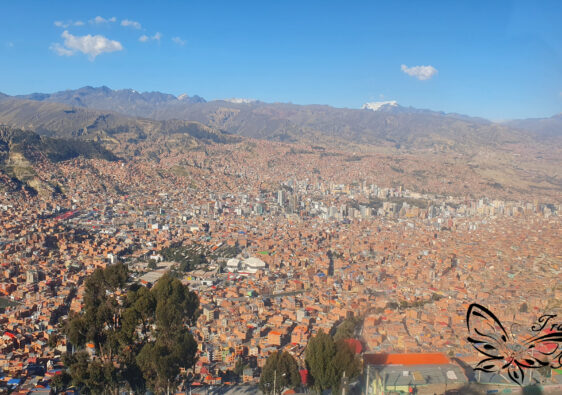Sooner or later we must realize there is no station, no one place to arrive at once and for all. The true joy of life is the trip.
Robert J. Hastings
I have to admit, even though Rio seems to be a lot more hyped, I prefer São Paulo over Rio. And overall, I prefer Buenos Aires over both of them. For sure, this is my personal perspective. Nevertheless, Buenos Aires has been mentioned as unexpectedly nice by many travelers I have met on my trip. And within Buenos Aires, the region of Recoleta was my most favorite area.
São Paulo
From my point of view, São Paulo was more like a big city than Rio de Janeiro. Exploring São Paulo as a tourist does not require as much time as exploring Rio. However, São Paulo felt a lot more organized to me, even though it is said to be very dangerous. I felt safer in São Paulo than in Rio, to be honest. Taking the metro was very easy, also the Uber drivers were very friendly. The time you need for São Paulo depends on how many churches and especially museums you intend to visit. As there are many.
São Paulo is known for the highest population of Italian, Japanese, and Lebanese immigrants compared to the rest of Brazil (and maybe also South America). This is also why the kitchen of the respective countries is very present across restaurants in São Paulo.
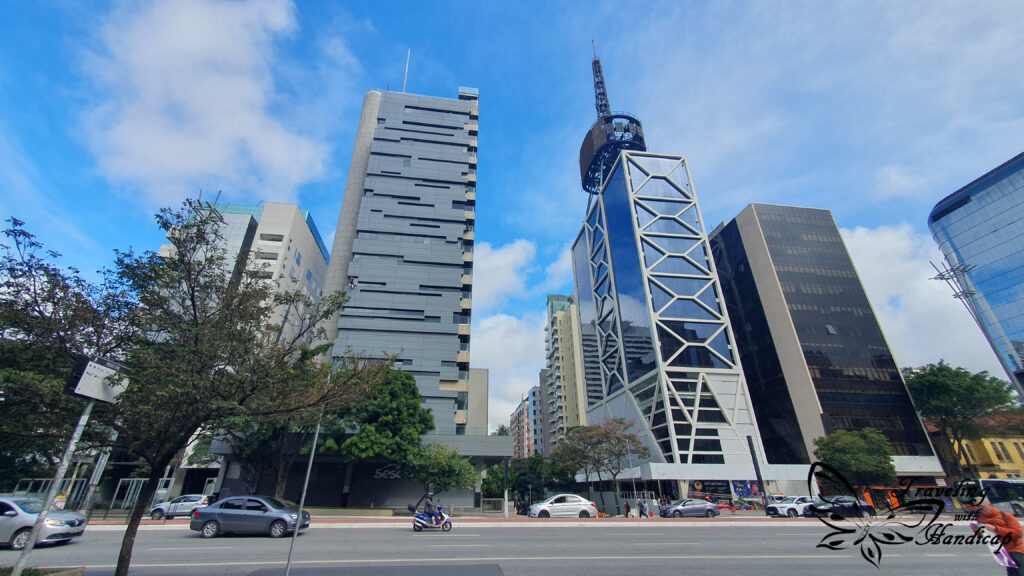
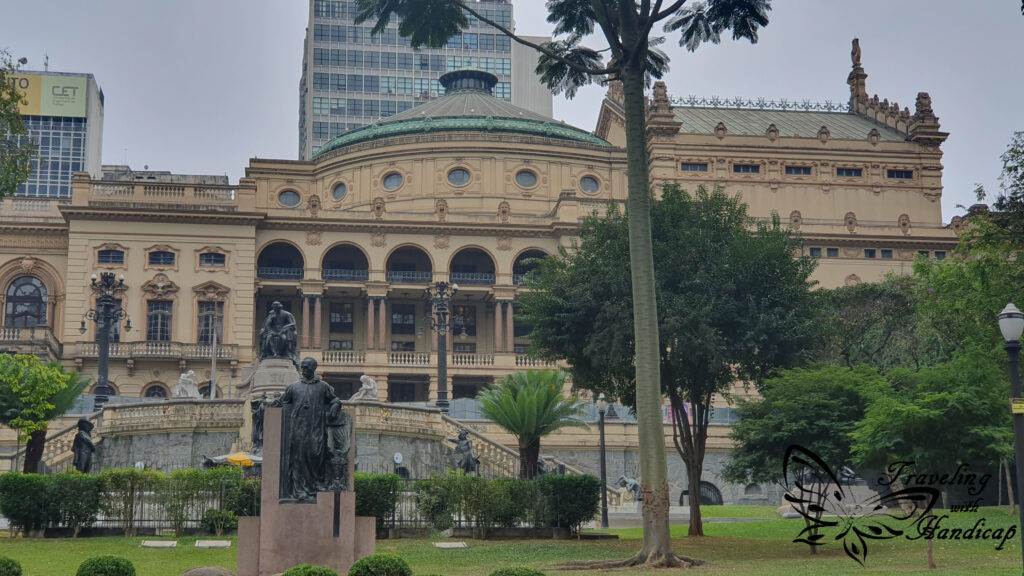
The historic center
The historic center can be best explored with a free walking tour. As there are many very poor people around, living on the streets,
Praça da República
A little park within the old city center with a market. For me, it was the meeting point for the free walking tour.
Buildings
During the free walking tour we learned about the architecture of São Paulo. There are some high buildings, in specific styles, built by international (often non-Brazilian) architects/engineers. I liked watching the buildings, but couldn’t remember all the architectonic details.
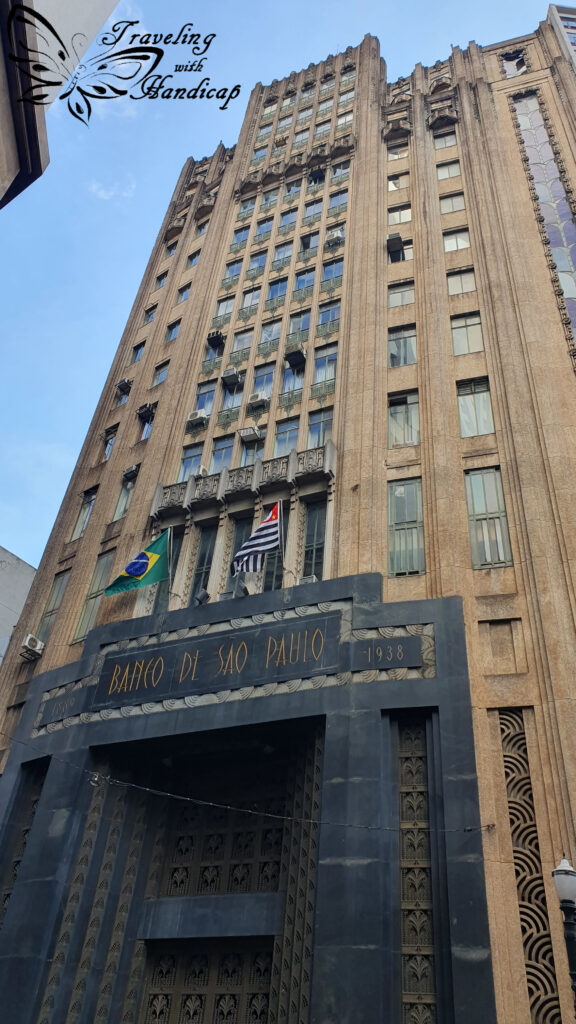
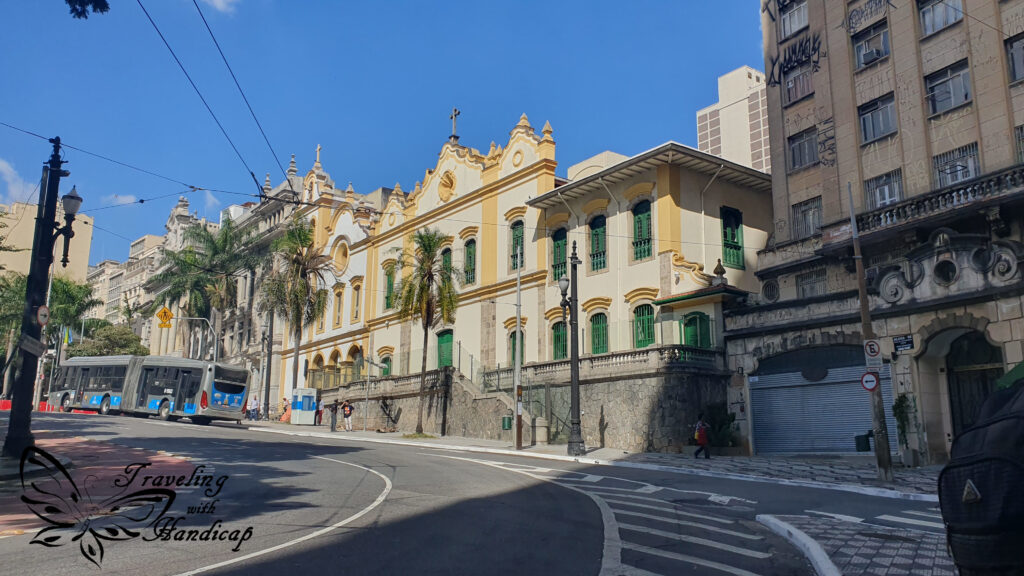
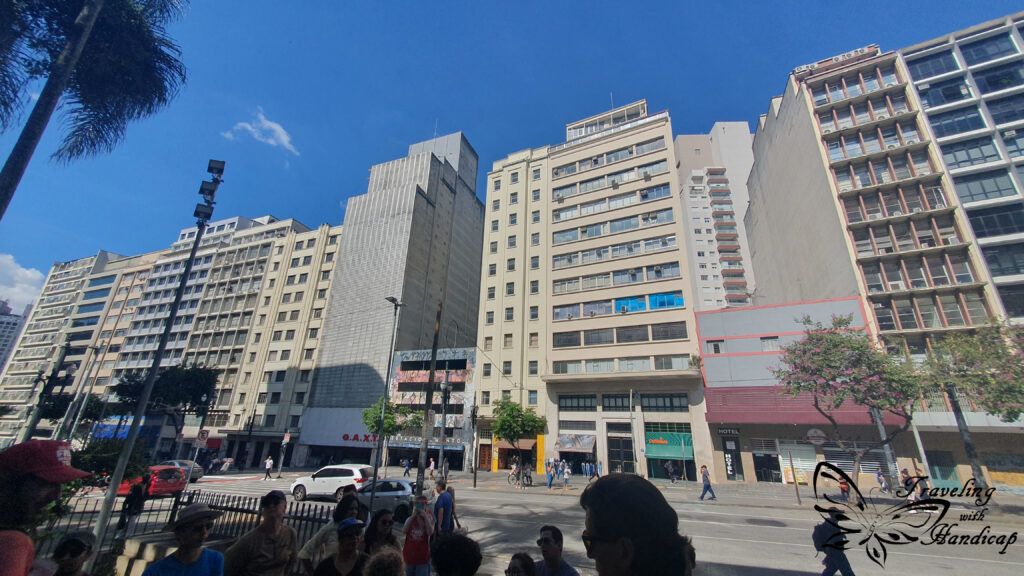
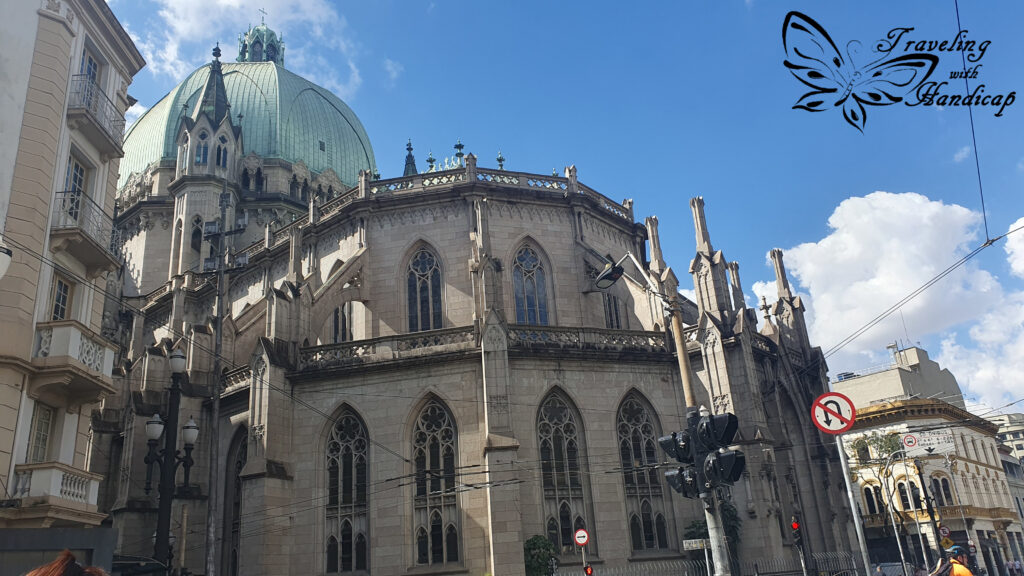
Mário de Andrade Library
A public library within the old city center that is worth to be visited.

Theatro Municipal
A famous historical theater in the architectural style of the Renaissance. It is possible to get tickets for operas, concerts and more.
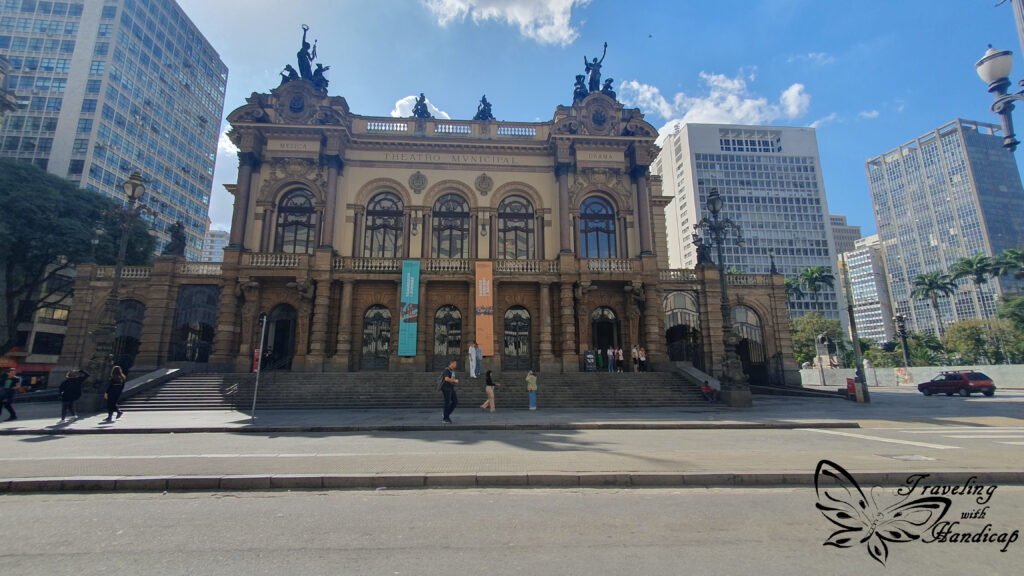
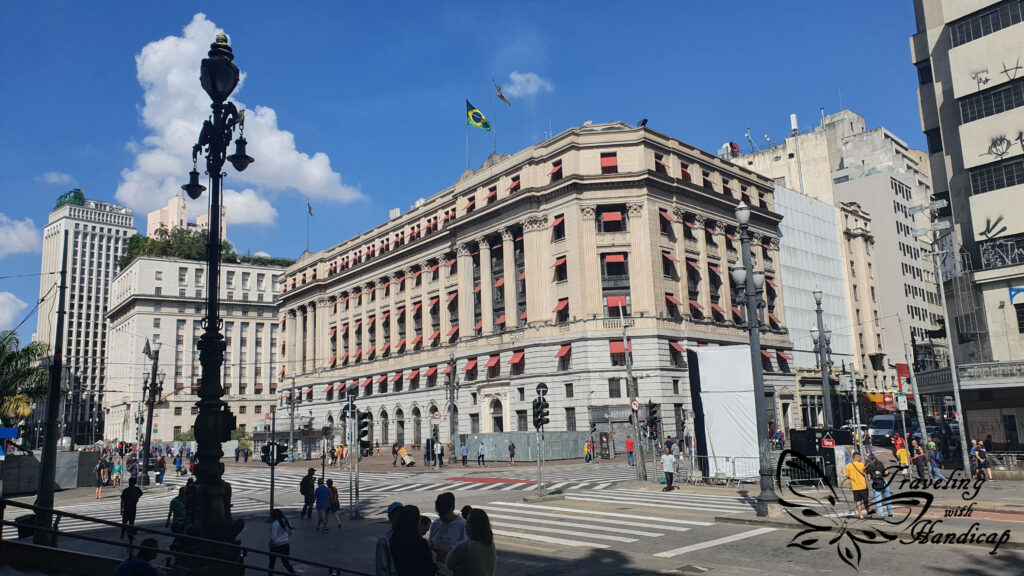
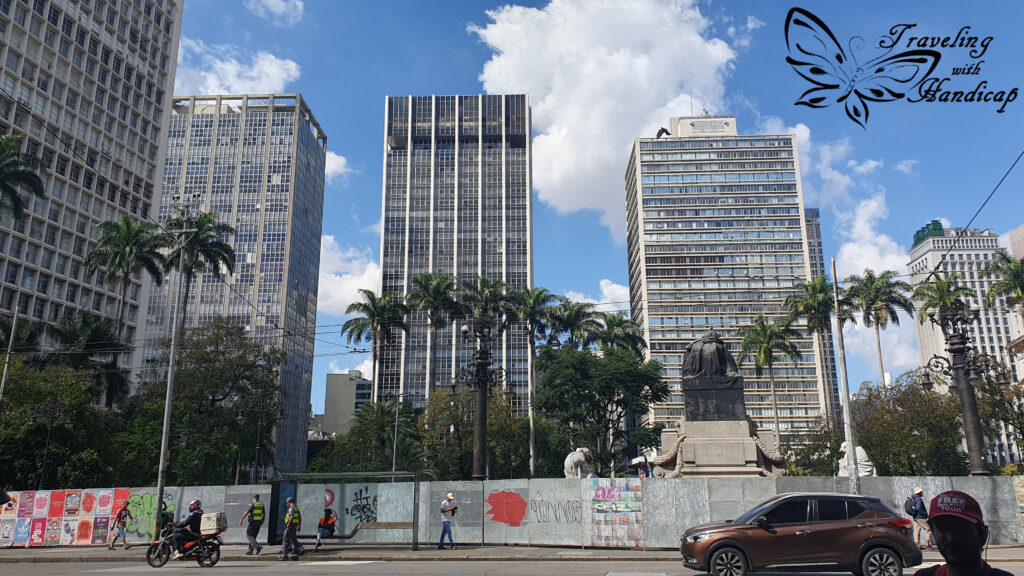
Catedral Metropolitana de São Paulo
The neo-Gothic cathedral of São Paulo is quite large and located within a huge square. This is how it captures the views. It is in the new cathedral of the 20th century with a cupola in the style of the Renaissance. You may visit it for free. In front of the cathedral, at the Praça da Sé, is the Marco Zero de São Paulo. It marks the geographical center of São Paulo.
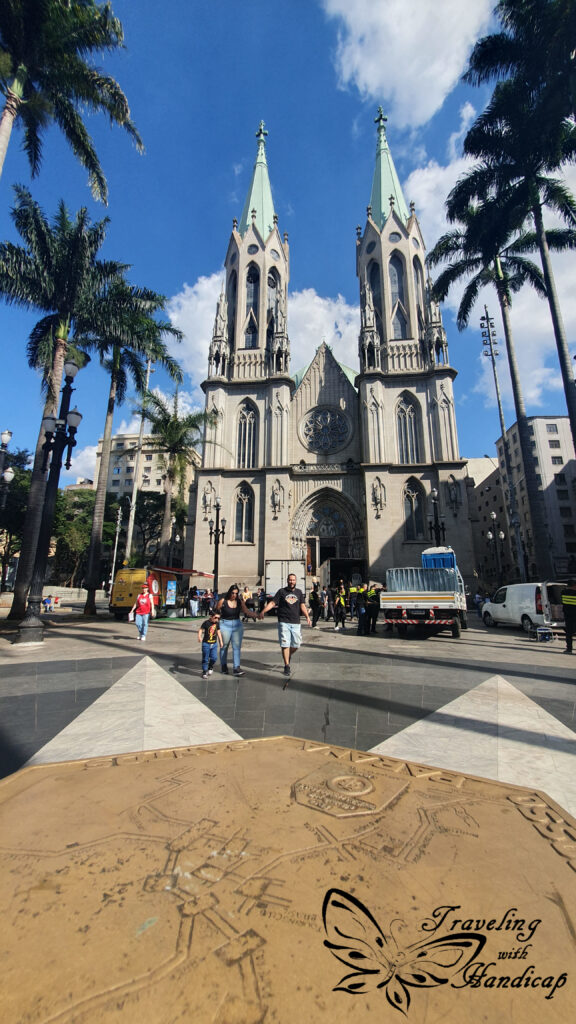
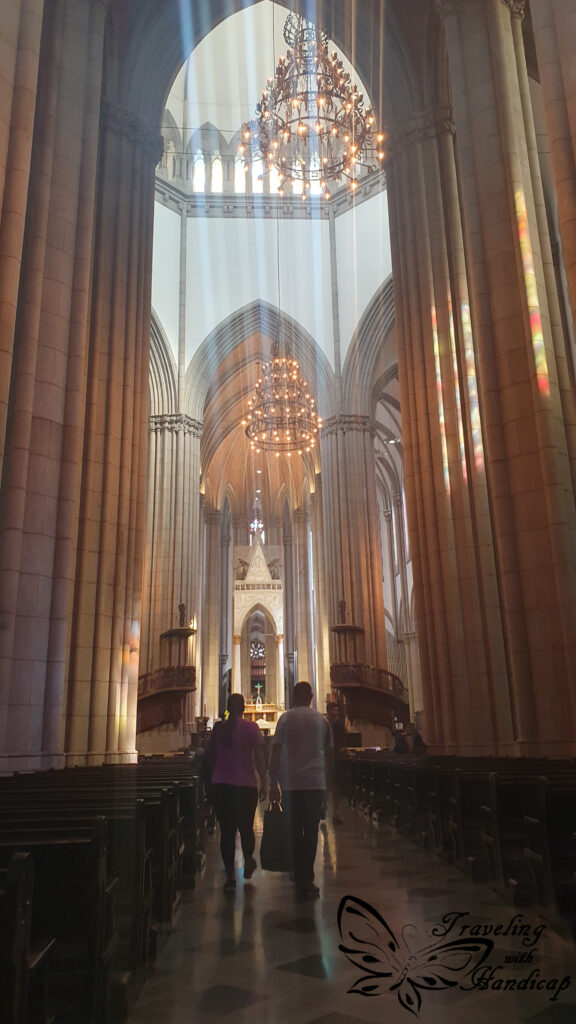
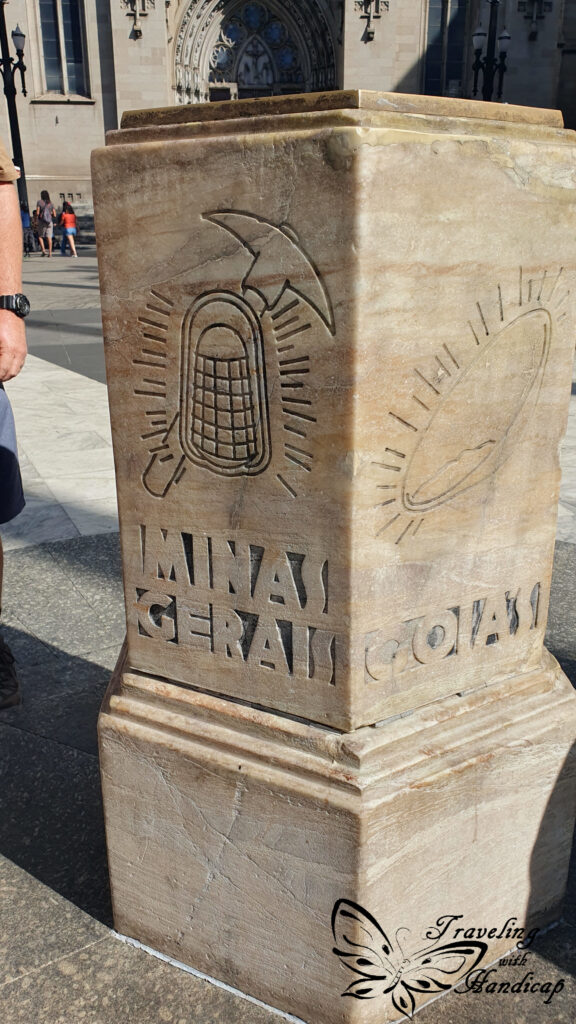
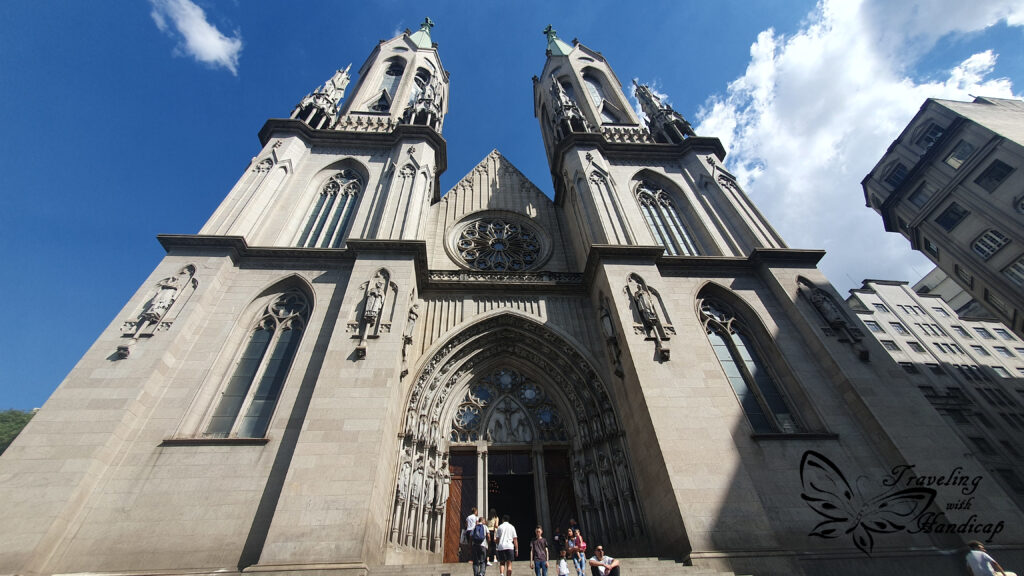
Rua 25 de Março
This street is very famous as a shopping street. Basically, you can get everything from the plenty of stalls along the street. People from São Paulo don’t really go shopping there, they prefer shopping centers. Only for Christmas they might buy some stuff. We have been recommended to not go shopping there. I only watched this and a connecting road from a bridge.
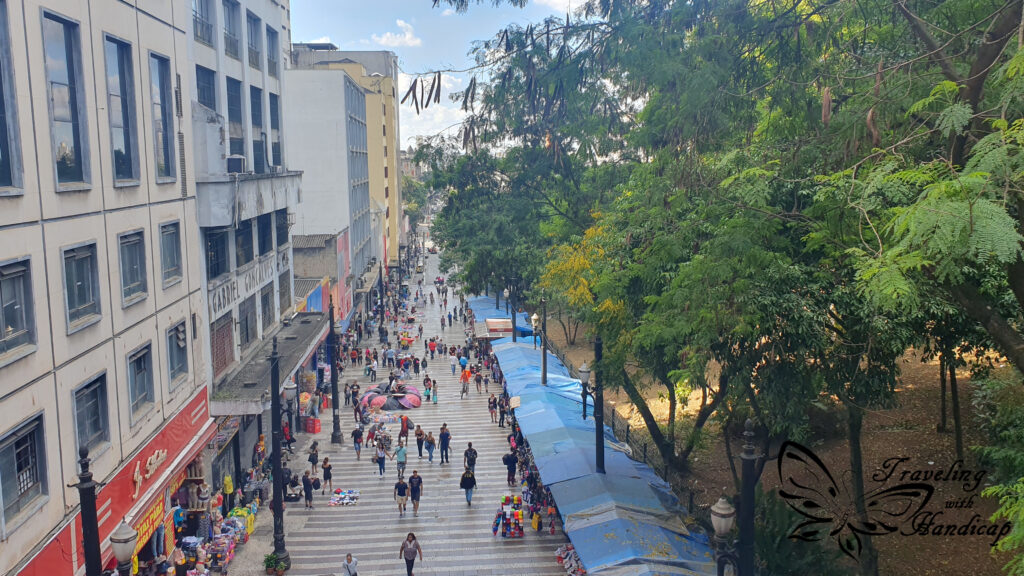
College Pateo
The Pateo do Collegio is one of the foundation buildings of the city of São Paulo.
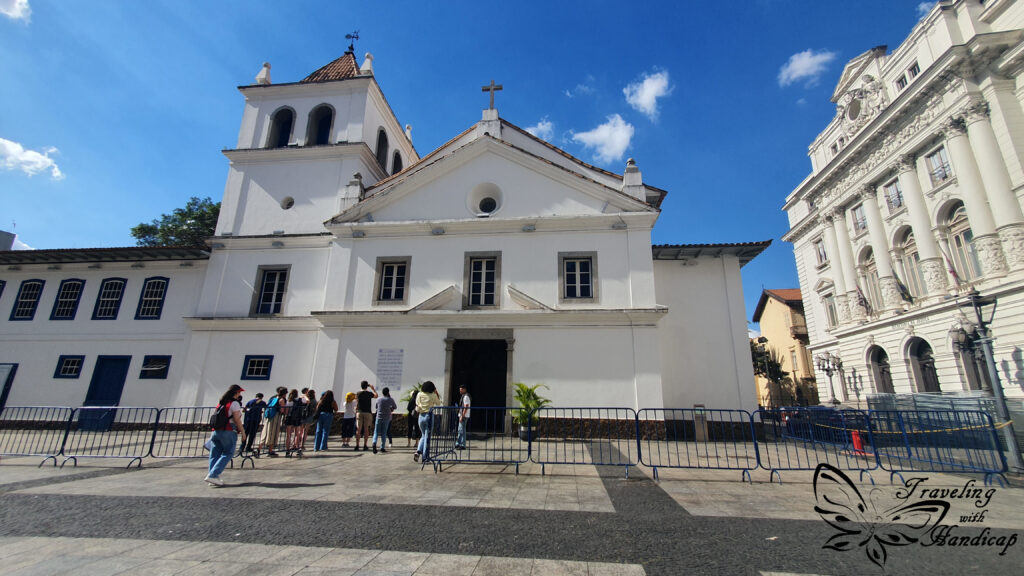
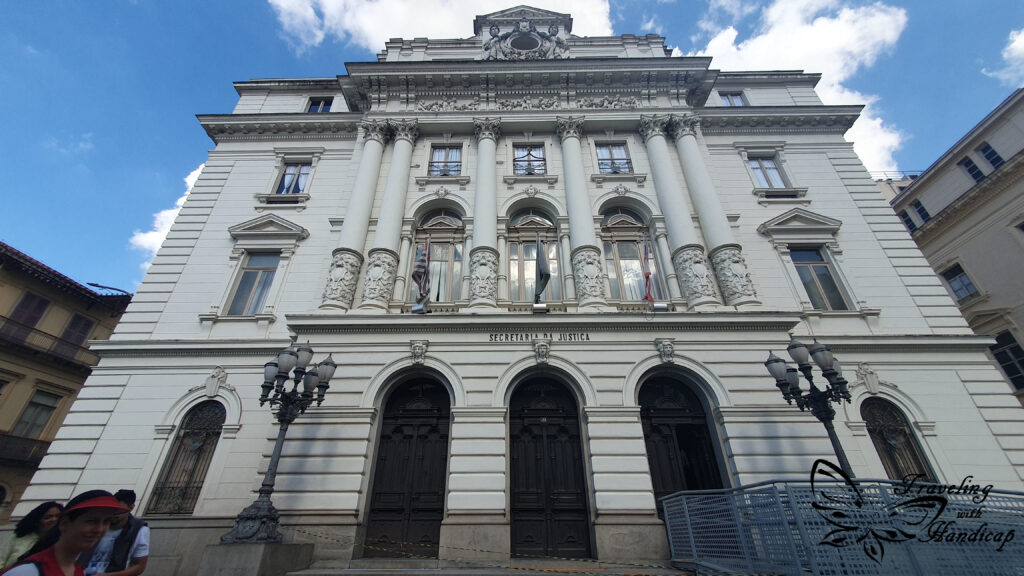
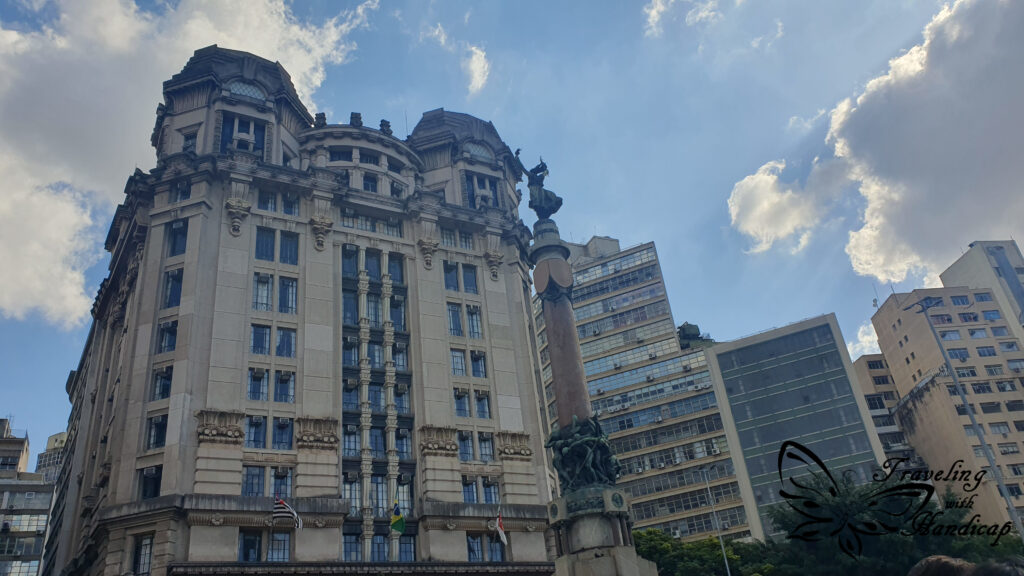
Farol Santander
The skyscraper belonging to Santander has a very cool observation deck with a restaurant and café. With the ticket, you may also visit other levels set up as a museum. In the museum, the founders or main businessmen of the Santander bank is presented. I just took a short stopover on one of the museum-levels. For me, the highlight was the observation desks.

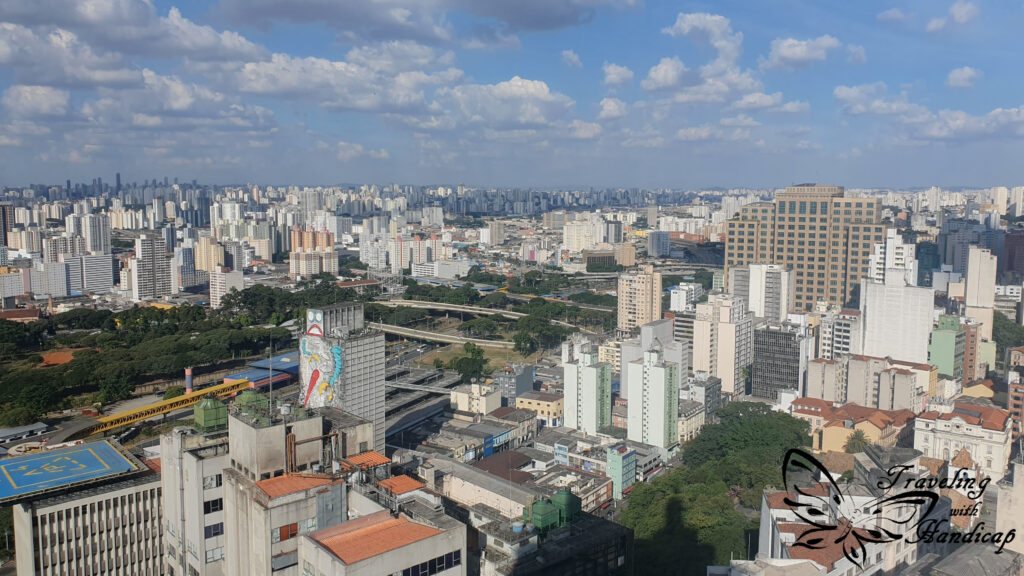
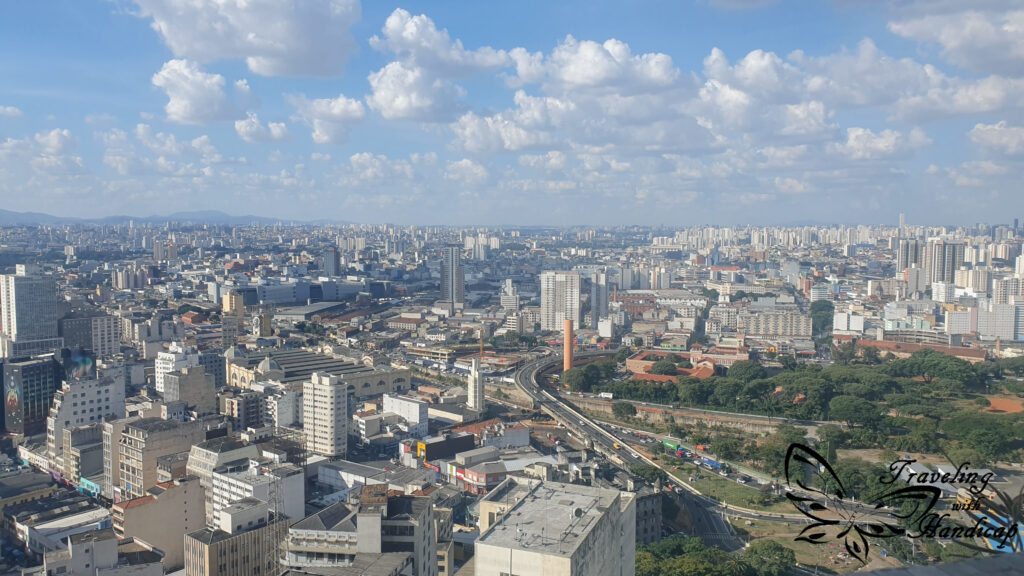
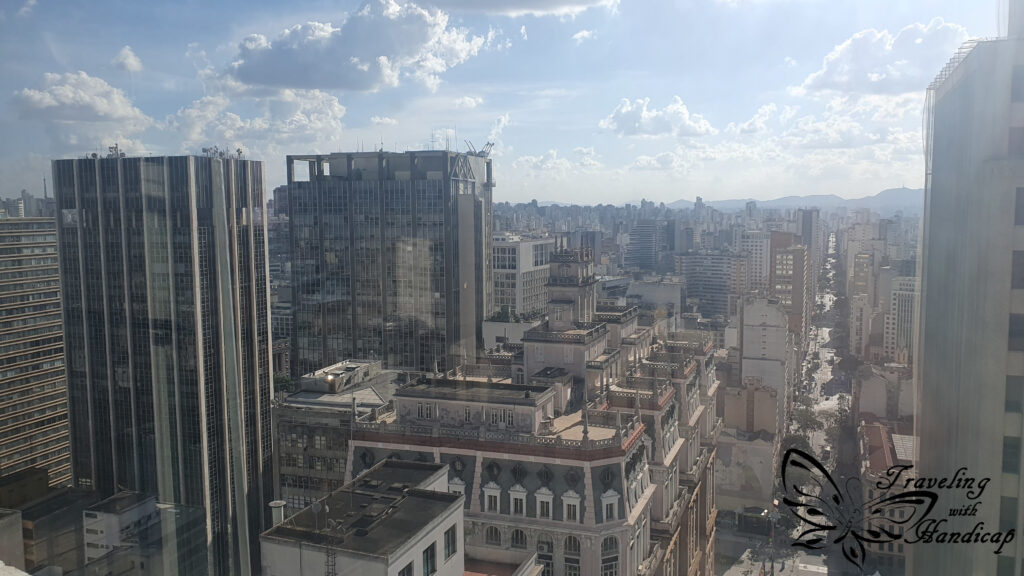
Mosteiro de São Bento
The church of São Bento is stunning! It might not be open all the time. Passing by at the end of a mass ensures that you may walk around while others are leaving. This church was my favorite church within São Paulo. However, I have to admit that there are plenty more churches that any tourist would visit.
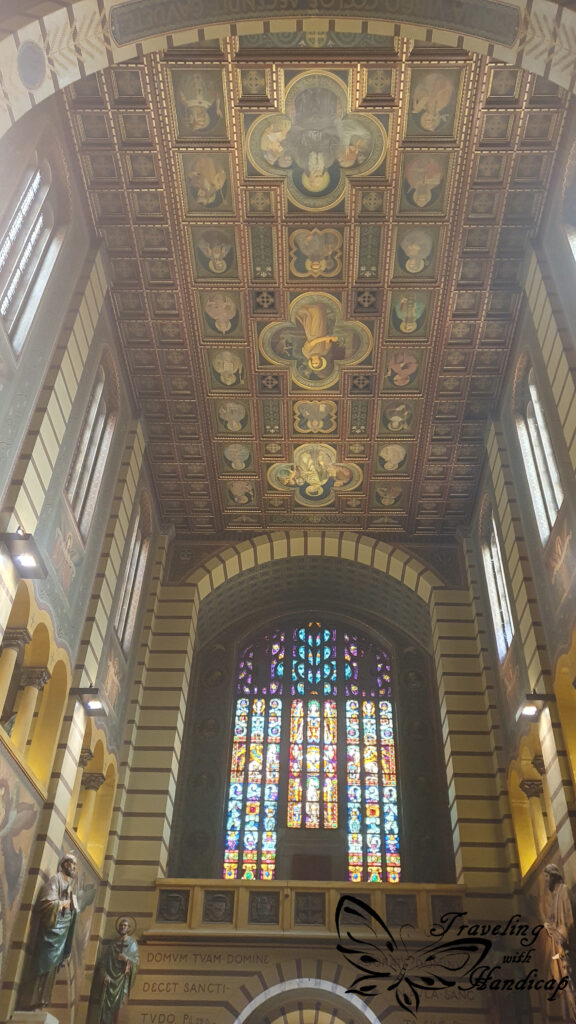
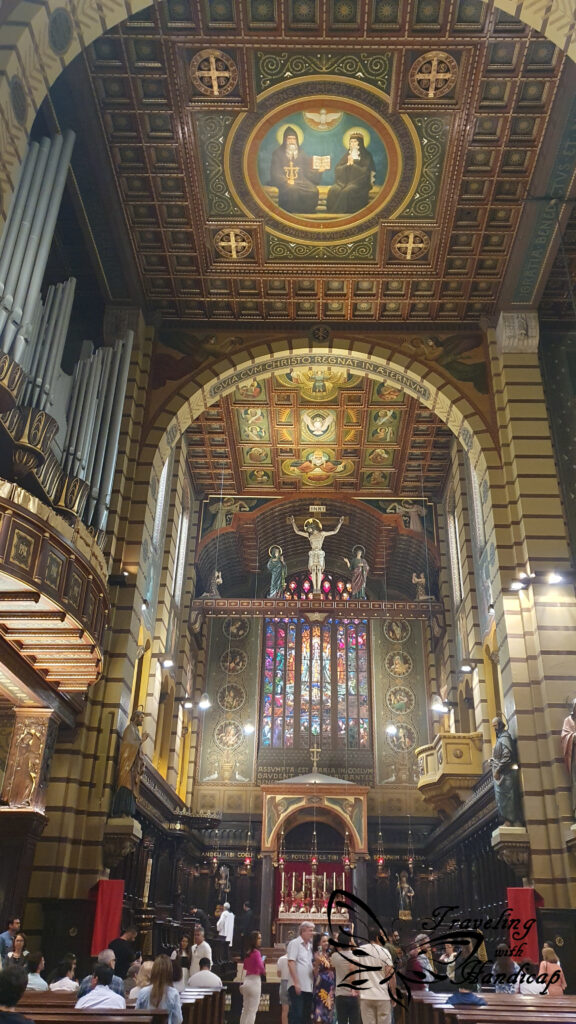
Mercado Municipal de São Paulo
The municipal market is definitely a tourist spot. Tourists go there and are offered plenty of food in different restaurants. However, it is quite pricey. Therefore, the locals don’t go there. They buy their veggies and other stuff within another market just across the road of the municipal market. I went to the “local market” as well and was quite impressed by the abundance of food to buy and the tiny restaurants. I had really great falafel-wraps.
Avenida Paulista
This street is not within the historic city center but worth a visit. There are many business buildings along the roads, with newer architecture than in the historic center. The reason for why this road is famous is that it is blocked for cars on Sundays. This is why there are people walking, selling, and playing along the quite long road every Sunday. You may also watch them dancing or doing sports. I personally like the approach of blocking specific roads on Sundays. I also enjoyed the center of Sucre being blocked for cars on Sundays.
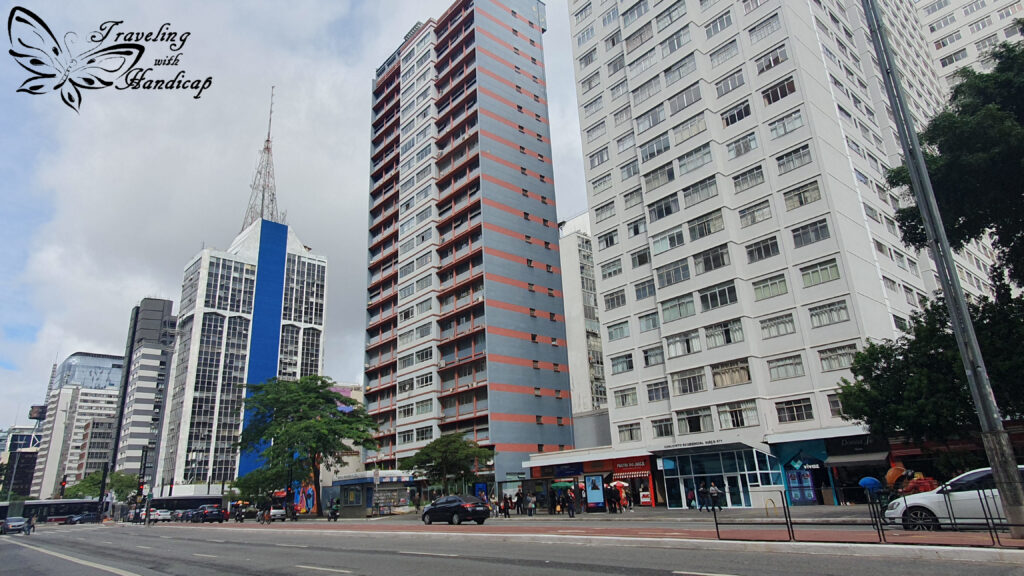
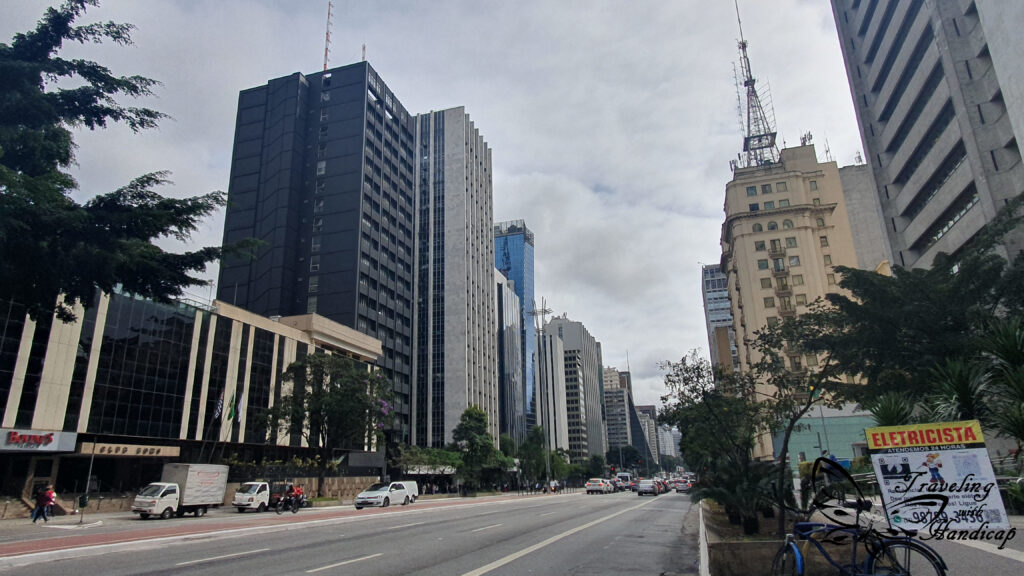
Ibirapuera and Batman’s Alley
Ibirapuera
When I prepared for São Paulo, I asked which quarter would be safe to stay. I decided for Ibirapuera which was a good decision. Walking around was easy and felt very safe, as it is a wealthy neighborhood. There are indeed many villas and other fancy buildings belonging to rather wealthy people.
The Parque do Ibirapuera is the center of this quarter, a cultural center having a similar role as the Central Park of New York. It has been built for the 400-year anniversary by the architects Oscar Niemeyer, Joaquim Cardozo, Carlos Lemos and others. The name Ibirapuera means “old tree” in the language of the Tupi and refers to the previous marshy landscape.
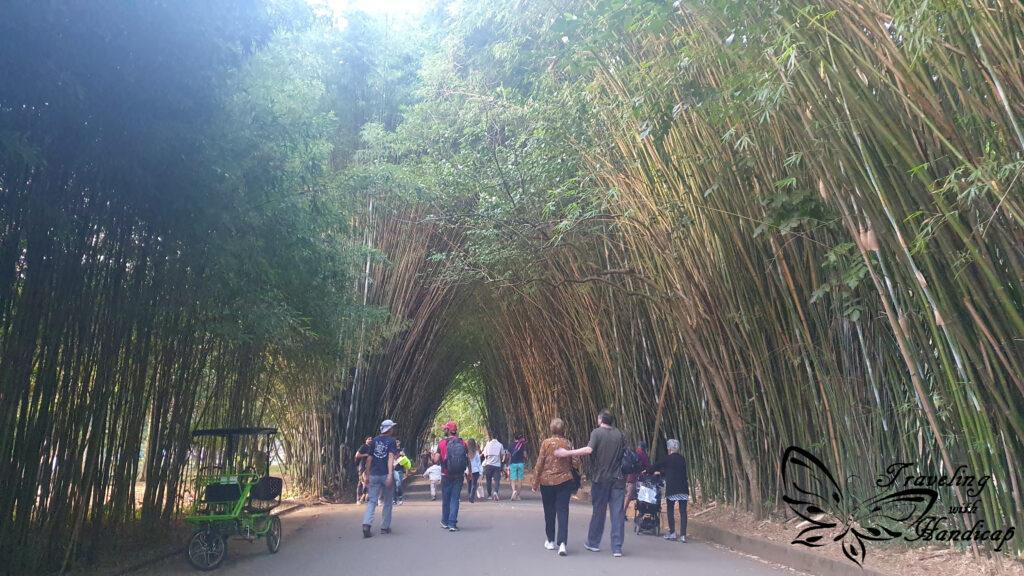
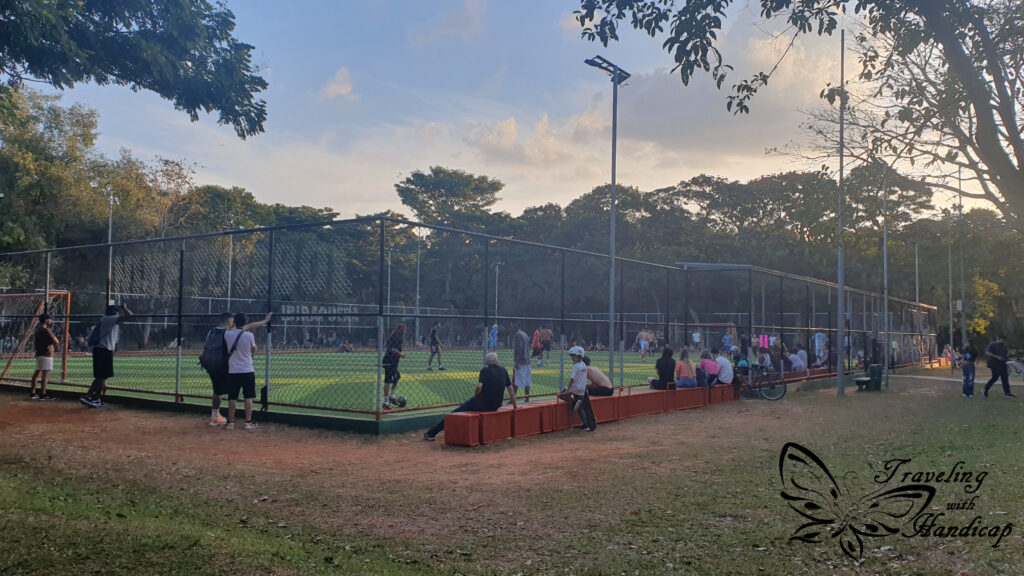
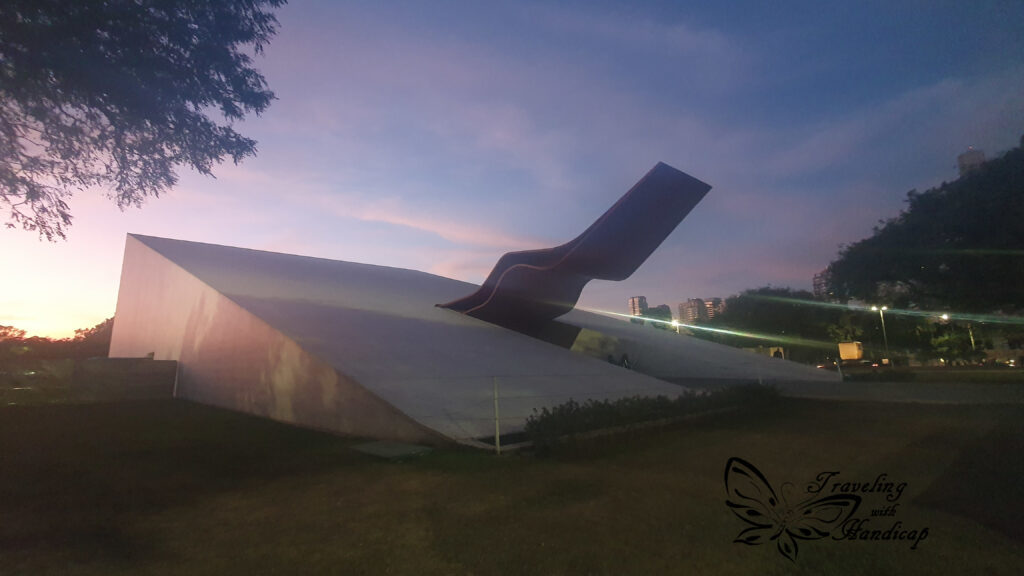
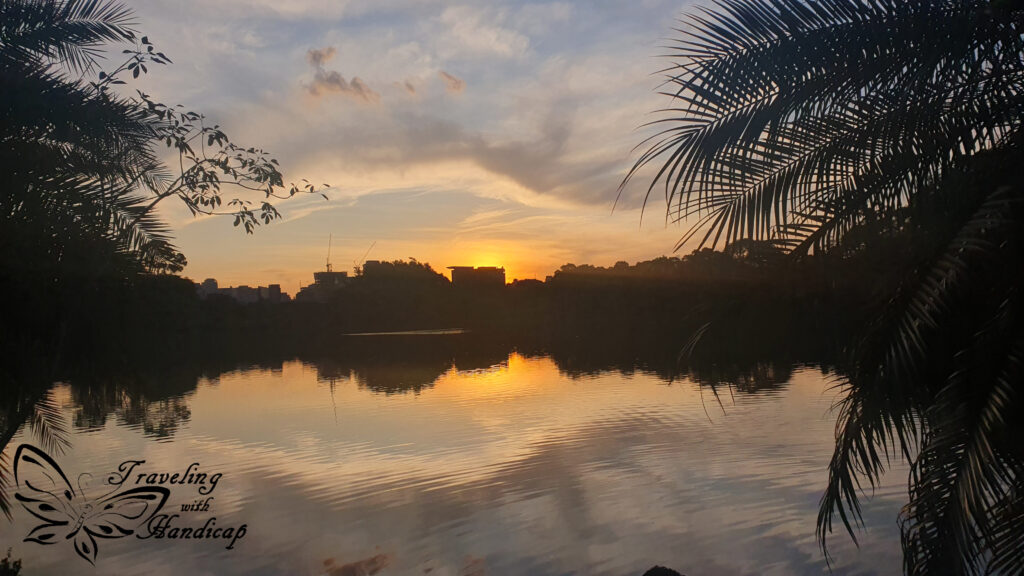
One of my favorite places of São Paulo is located at one side of the park. The Museu de Arte Contemporânea da Universidade de São Paulo. More specifically, I didn’t visit the museum, but this building has a rooftop terrace with restaurant. The restaurant is expensive, but the view is for free, great for the day and also for sunset.


There are different museums in the park, among the Museum for modern Art within the Biennale of São Paulo. I visited (only) the Museu Afro Brasil. It contained fewer exhibitions than expected.
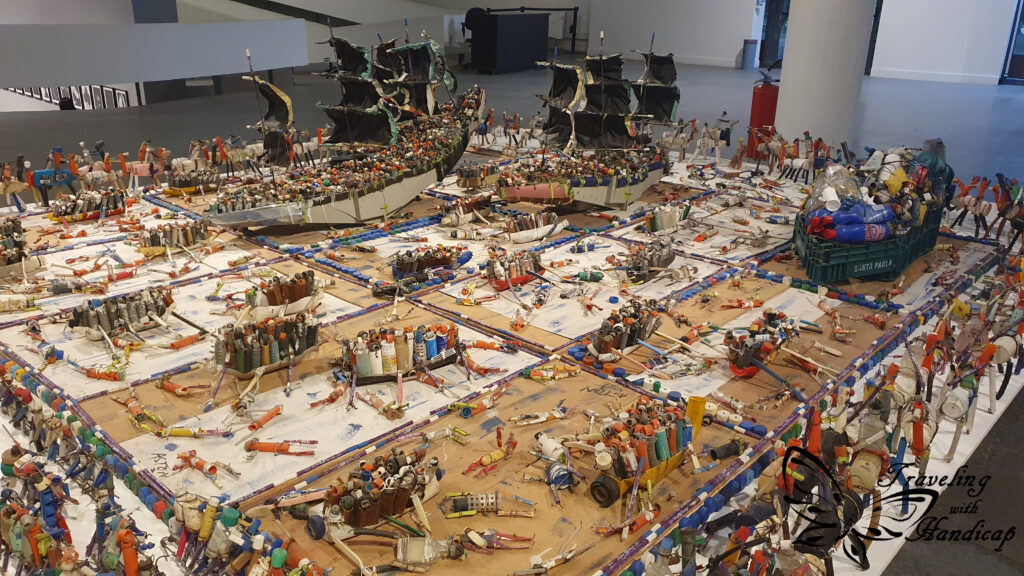
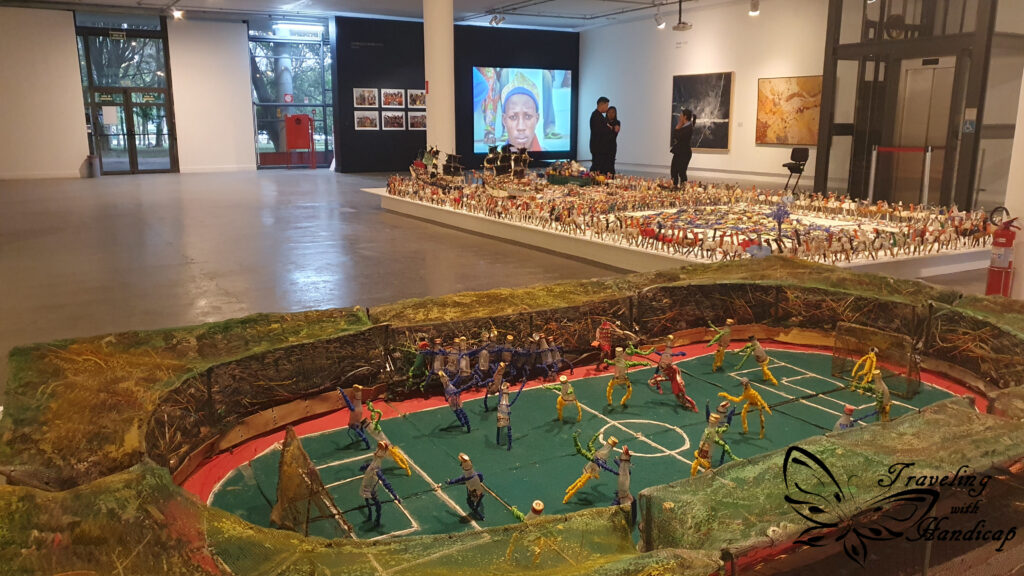
Batman’s Alley
Within the Vila Madalena neighborhood, there is the Batman Alley. One of the main roads covered with beautiful graffiti. Not only this road but many of the adjacent roads in this neighborhood are covered with graffiti. Many artists meet in bars within this quarter. The easiest way to get there is by Uber if you don’t find a direct bus.
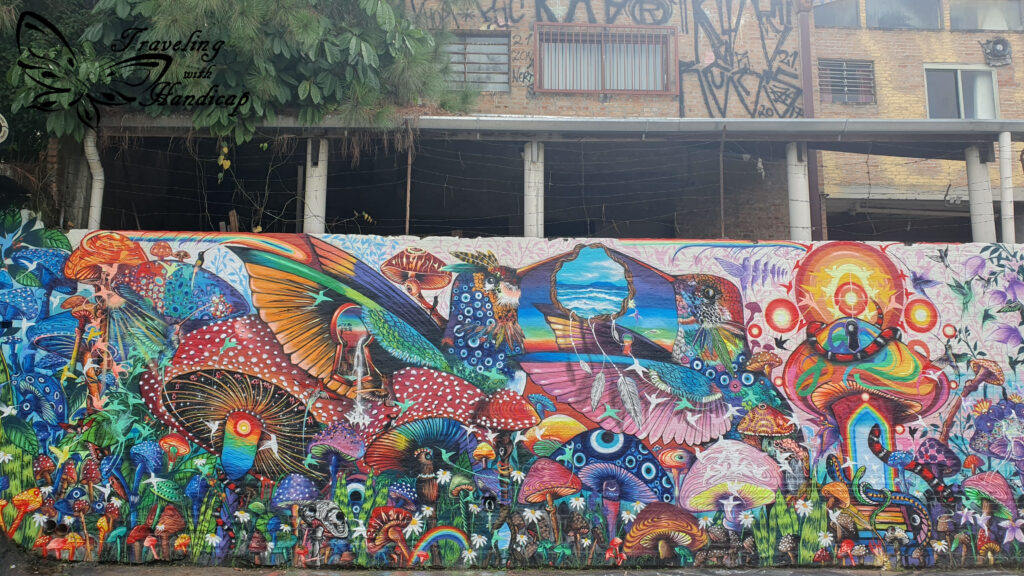
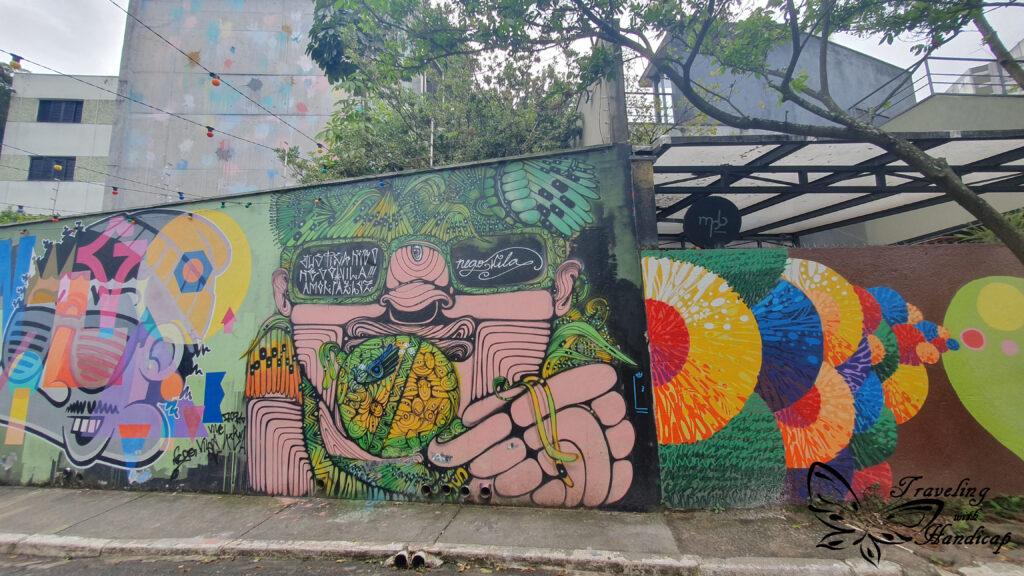
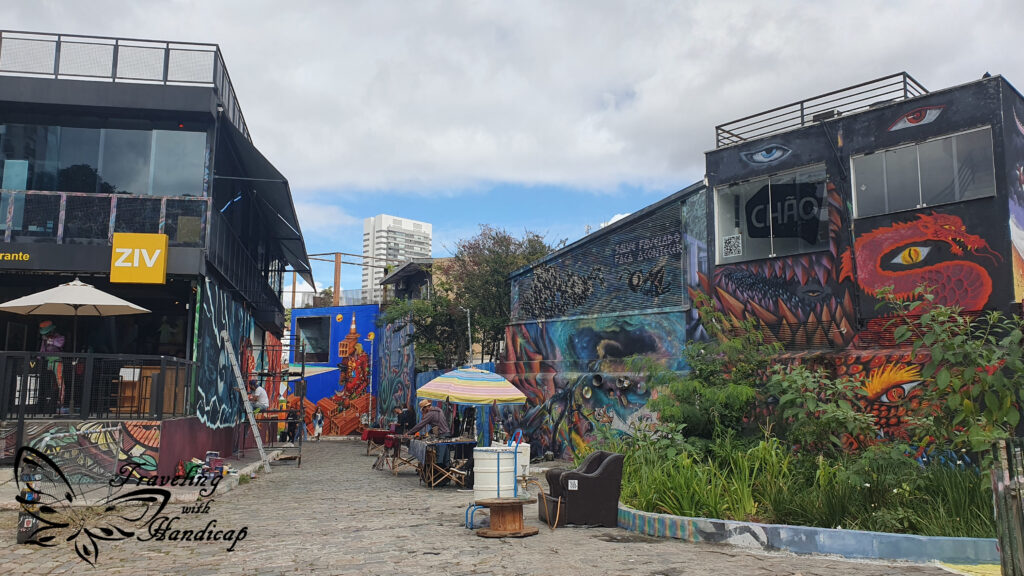
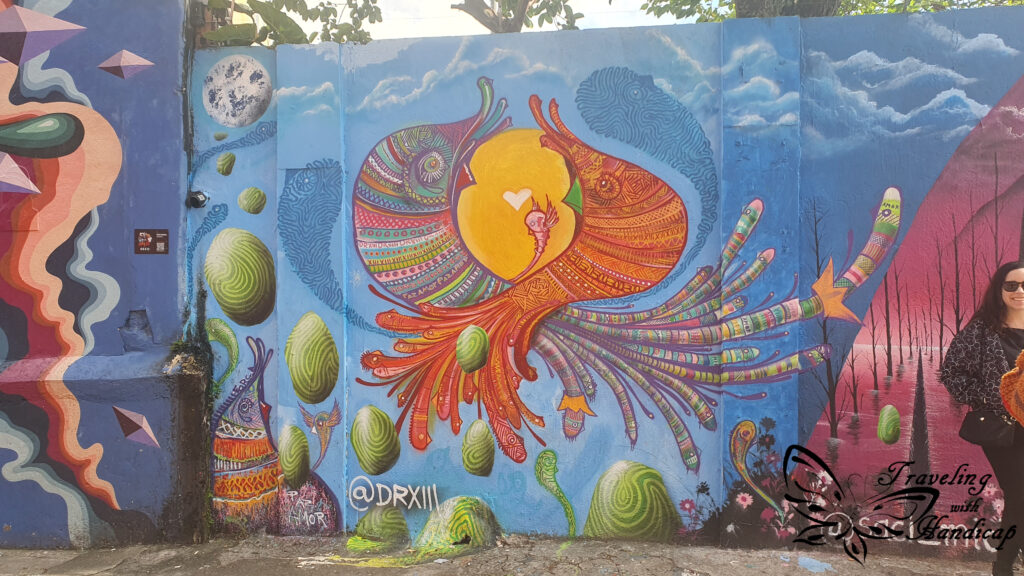
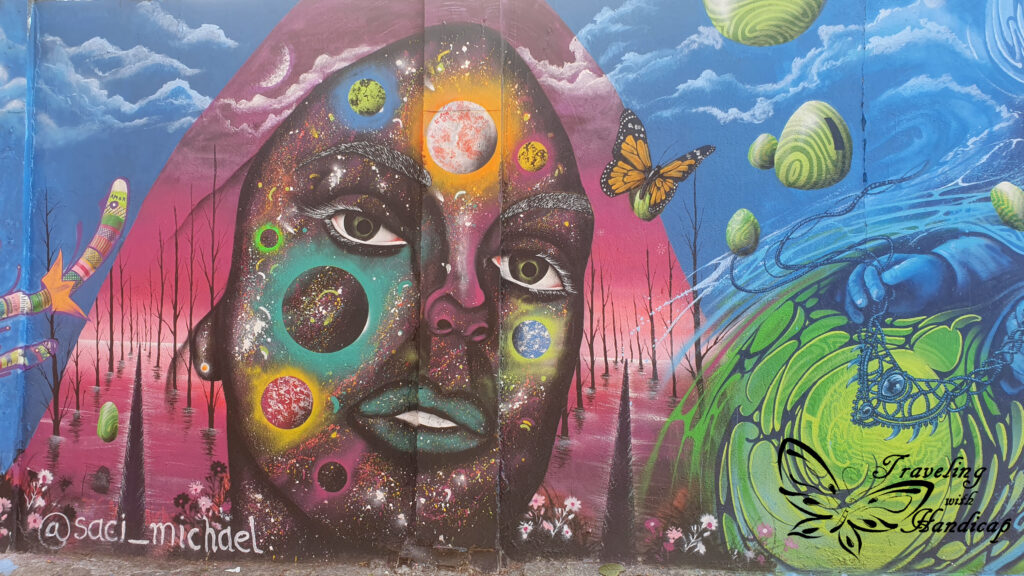
Further things to do
There are different football stadiums within São Paulo, also with museums. If there is any match during your days of visit, go there. However, the stadiums are not really in the center, so it takes much longer to get there. The Zoo as well as many shopping centers and the Parque Independencia are also worth a visit if you have some time available.
Airport and Bus connections
The bus terminal is very busy, just don’t take taxis and call an Uber. Then, you have better fares, and it is far more secure, as Brazilian taxis don’t have any taximeters. Unfortunately, the Wi-Fi of the bus terminal is very weak, so it’s an advantage to have your own sim card with data. I had the impression that from São Paulo you may take buses to literally everywhere across Brazil.
There are different airports within São Paulo, Guarulhos, Congonhas, and Campo de Marte. The prices of flights differ by how easily accessible the airport is from the center of São Paulo. Brazil is huge, so it is quite likely to arrive or leave by plane.
Events in São Paulo
During my stay in São Paulo, the free and public music fest “Virada cultural do Pertencimento 2023” happened across São Paulo for 24 hours. During the day, I went to the big stage in the center and had a great time. I felt very safe there, even though according to many official recommendations you should avoid any crowds. In my opinion, it is always more like a gut-feeling which crowds are okay and which (politically reasoned) are to be avoided.
I was very impressed by the help the wheelchair users got. Moreover, there was a sign language interpreter on the stage all the time and shown on the left and right bottom screens.
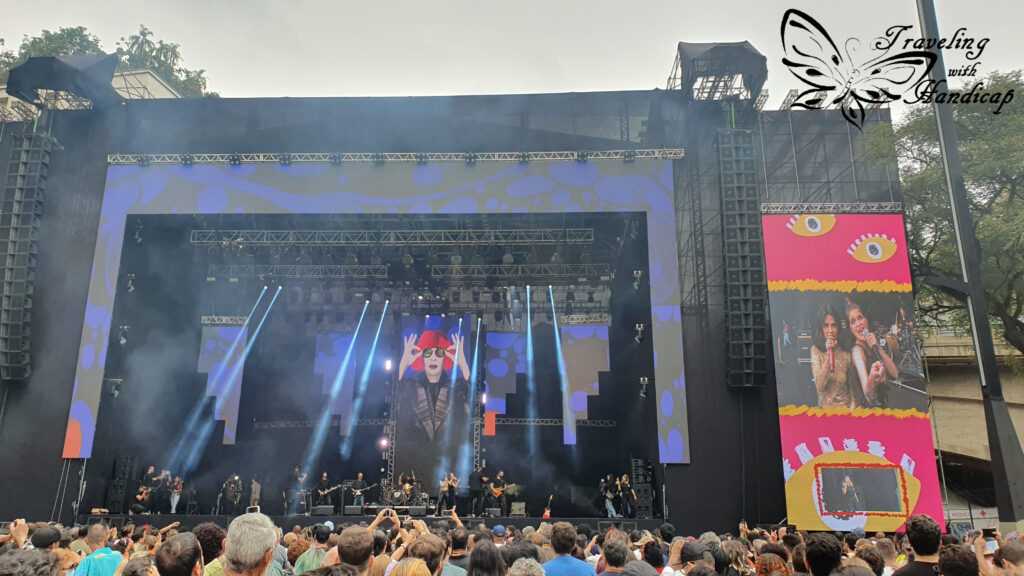
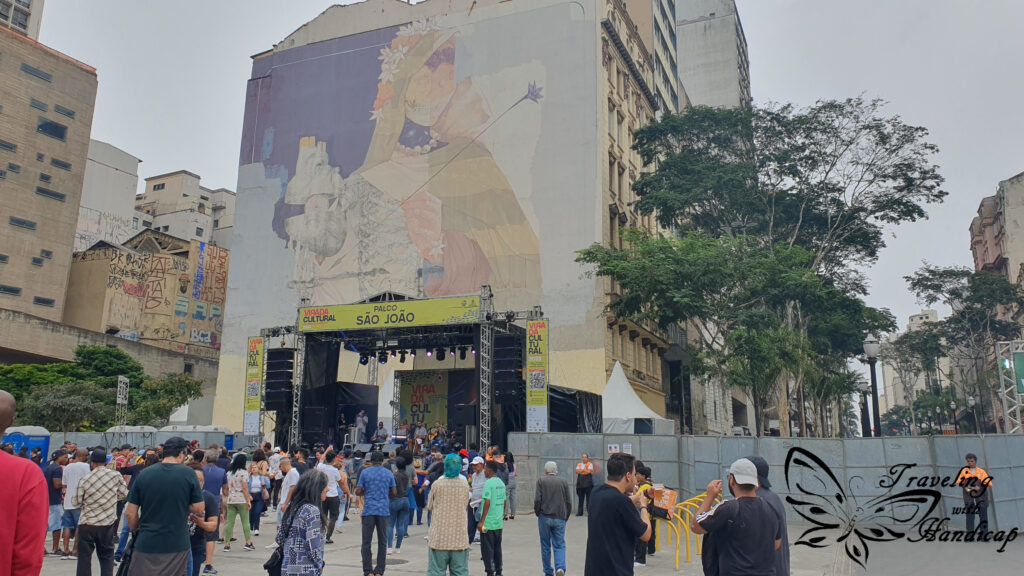
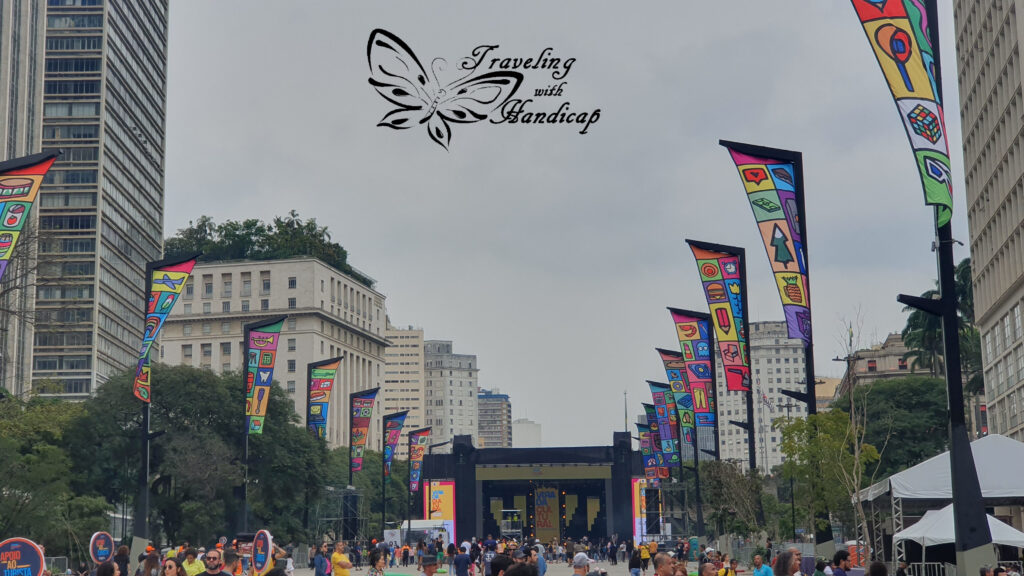
Accessibility
I have been so impressed by the accessibility in São Paulo. At first, the preferred seats were assigned not only for wheelchair-user or people with babies. They even included people with autism. Within the metro, approximately one third of all seats were marked as preferred seats. These seats were all right next to the doors. Indeed, also people with autism might be overwhelmed by many people and prefer sitting next to the door.
The bus system within São Paulo is quite extensive. Moreover, all buses which I used had an electric ramp for wheelchairs. However, I have not seen anyone using it. Nevertheless, I have seen a few of the special transportation cars across the city. These looked like buses to be called like Uber. However, I don’t exactly know how they are used.
If you have a disability and any document regarding your disability, you get a reduction of your entrance fee for quite many places. I was quite impressed by that, across all Brazil (except for the Cataratas do Iguaçu). I never had to discuss whether the reduced fee also applies for internationals like in Chile or have a person accompanying me like in southern Argentina. Often, I did not even have to show my document, people directly routed me to the entrance for people with disabilities. Traveling with a disability has been so much more relaxed in Brazil compared to other countries in Latin America.
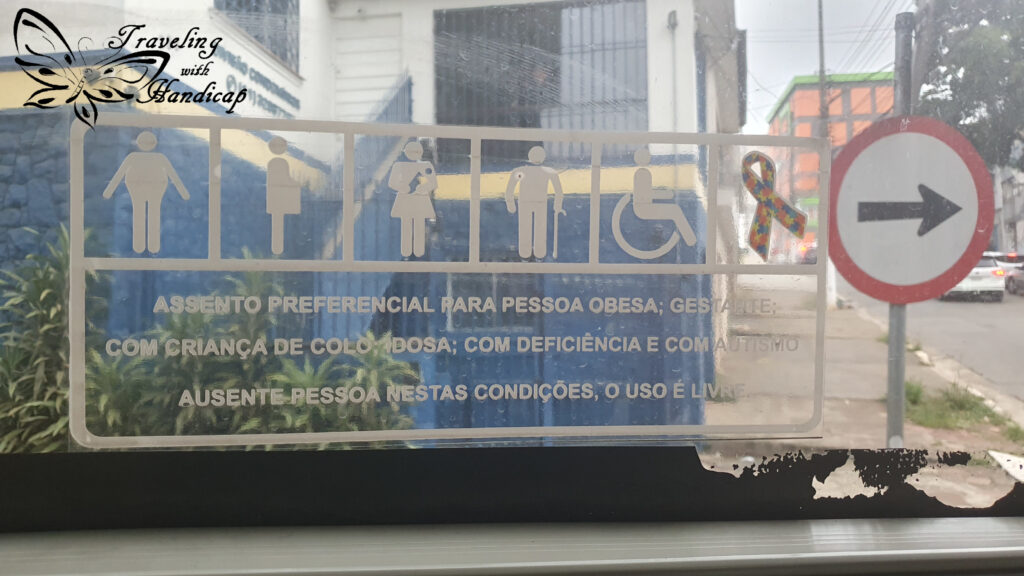
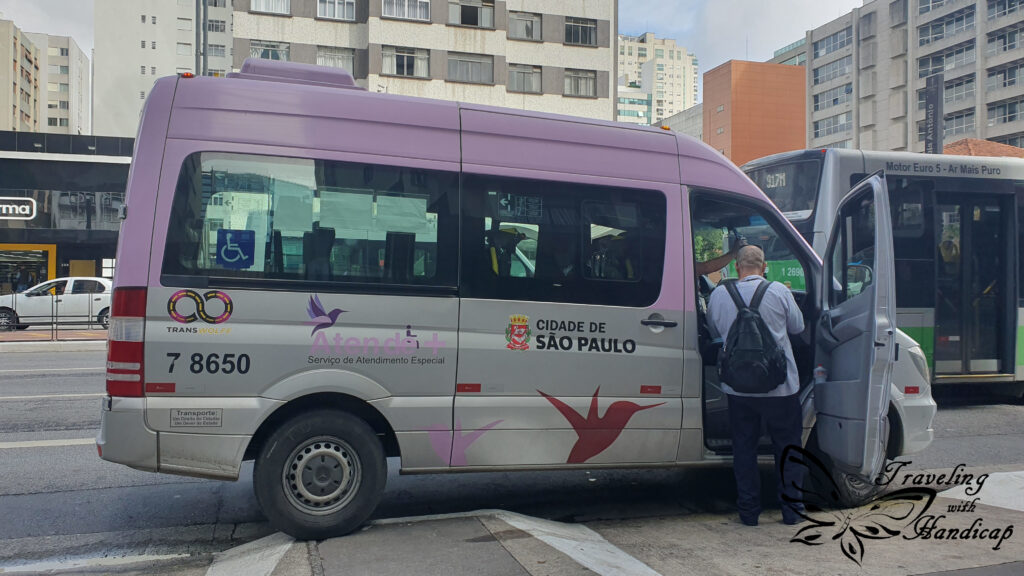
Other destinations around São Paulo
From São Paulo, you may take a bus to Curitiba or Rio within a few hours. On the way to Rio, you may stop at the historic town Paraty. After this stop, the Ilha Grande is also a famous tourist destination. The latter is quite close to Rio but an island without cars and great nature. I haven’t visited any of these two because I had some rainy days and then, I had more options for sightseeing in cities.


